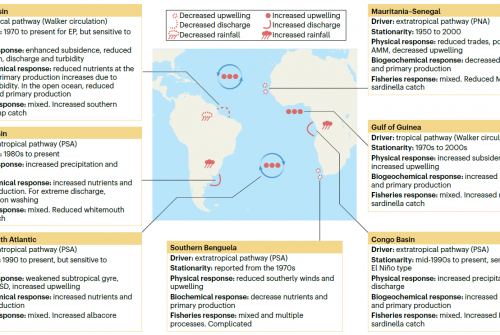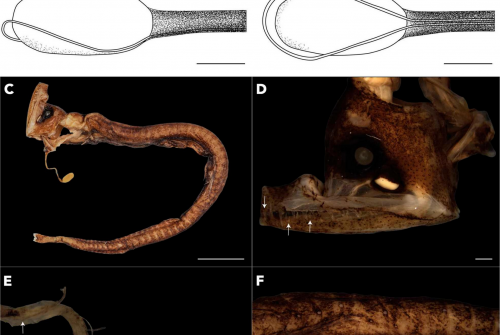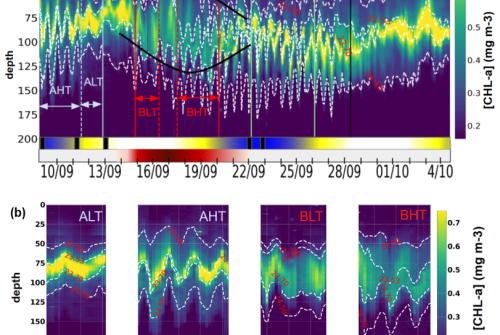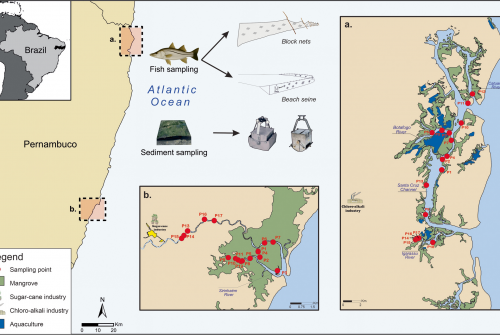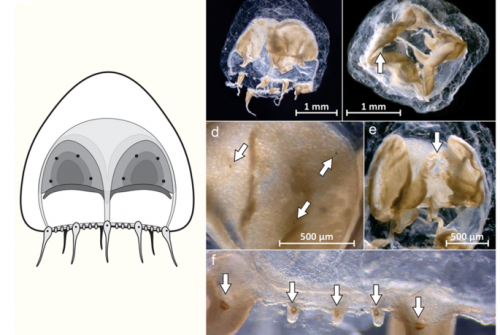
Long-term monitoring is required to assess the current state and trend of water quality in anthropogenic-influenced estuarine systems. In this study, we evaluated 1581 samples from a 27-year time series (1990–2016) of physicochemical parameters, microbiological, and heavy metals in the surface waters of the Santa Cruz estuarine channel, Brazil. The results showed that the salinity in the estuarine channel is classified as euhaline (salinity: 30.7) during the dry period and polyhaline (salinity: 26.5) during the rainy season. Statistical analysis showed a significant negative trend for dissolved oxygen (DO) (Mann–Kendall tau; p < 0.05; α: 0.05) with a decrease in DO of − 0.012 mg O2 l−1 year−1. Total phosphorus (TP) showed a significant positive trend in the period 2006–2016 (Kendall tau test; p = 0.0007; α = 0.05). In the last decade, TP showed an increased rate of + 0.007 mg P l−1 year−1. Additionally, the bacterial load (most probable number-MPN method) reached an average value of 55,000 MPN 100 ml, which is 22 times the allowable value for brackish water. Heavy metals (cadmium and manganese) showed a significant increase rate, induced by factors such as industrial growth in the adjacent region and changes in TP, pH, and oxygenation in the water, which changed the accumulation of Fe and Mn in the aquatic medium. The trophic state varied between unpolluted and eutrophic. Comparisons with other systems revealed high fluxes of TP (> 4 mol km−2 year−1). Demographic factors (28% average growth rate) and inadequate public sanitation policies (70% untreated sewage) appear to be the main causes of negative variations in some parameters, such as DO, TP, and pH.
DOI: 10.1007/s11270-022-05852-x
Reference
Noriega, C., Medeiros, C., Varona, H. L., Rodrigues, L., Araujo, M., Monteiro, S., … & Rollnic, M. (2022). Water Quality in a Tropical Estuarine Channel: Current Conditions, Trends, and Trophic Status (1990–2016). Water, Air, & Soil Pollution, 233(9), 1-21.



